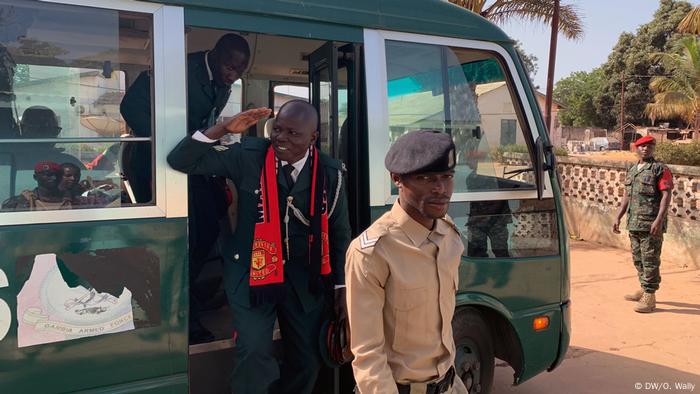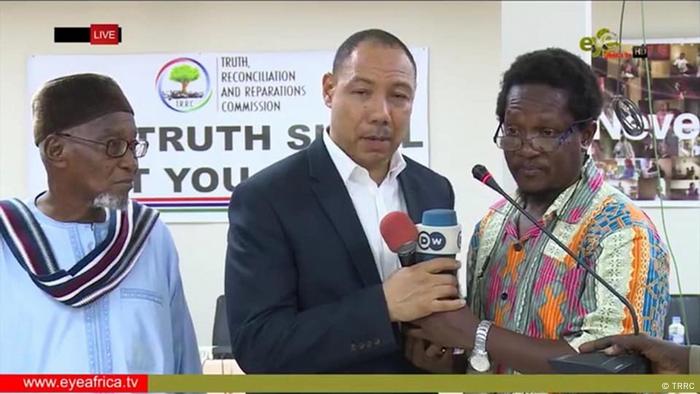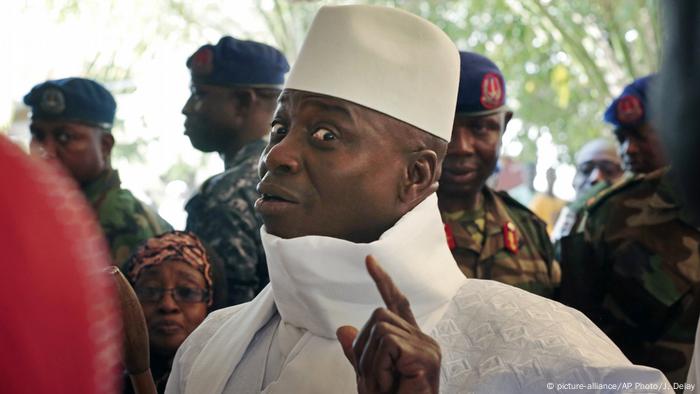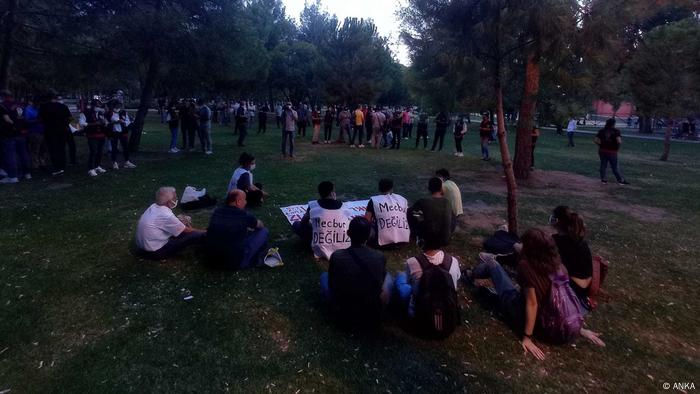Chinese Energy Shortages May Be Felt by Economies Around the World

What Caused the Power Shortages in China?
Updated October 1, 2021
EMILY FENG

A woman buys groceries from a mini market using a lightbulb powered by a generator during a blackout in Shenyang, China, on Wednesday.
BEIJING — Here is a riddle: China has more than enough power plants to meet electricity demand. So why are local governments having to ration power across the country?
The search for an answer begins with the pandemic.
"Coal consumption shot up like crazy in the first half of the year because of a very energy-intensive, industry-driven recovery from the COVID-19 lockdowns," says Lauri Myllyvirta, lead analyst at the Centre for Research on Energy and Clean Air in Helsinki.
In other words, as China's export machine roared back to life, electricity-guzzling factories churned out fast fashion and home appliances for customers in the United States and elsewhere. Regulators also loosened controls on coal-intensive sectors like steelmaking as a way to recover from China's pandemic-induced economic slowdown.
Now thermal coal has tripled in price on some commodities exchanges. About 90% of coal used in China is domestically mined, but mining volumes from some of China's northern provinces have dropped by as much as 17.7%, according to respected Chinese financial magazine Caijing.
Normally, those higher coal prices would have been passed on to energy consumers. But electricity utility rates are capped. This mismatch has pushed power plants to the brink of financial collapse because higher coal prices have forced them to operate at a loss. In September, 11 Beijing-based power generation companies penned an open letter petitioning a central policy decision-making body, the National Development and Reform Commission, to raise electricity rates.
Article continues after sponsor message
"When coal prices are very high, what happens is that it's not profitable for a lot of coal plants to generate electricity," Myllyvirta says.
The result: Coal-fired power plants have simply shut down.

A man uses his smartphone flashlight to light up his bowl of noodles as he eats breakfast at a restaurant during a blackout in Shenyang, in northeastern China's Liaoning province, Wednesday. People ate breakfast by flashlight and shopkeepers used portable generators as power cuts imposed to meet official conservation goals disrupted manufacturing and daily life.
"Now we have a situation where in some provinces up to 50% of coal-fired power plants are pretending to be out of order or have run so low on coal that they can't generate," he says. About 57% of China's power comes from burning coal.
Traffic jams and closed factories
In China's north, sudden power outages have led to flickering traffic lights and immense car jams. Some cities have said they are shutting off elevators to conserve energy. To fight off the autumn chill, some residents are burning coal or gas indoors; 23 people were rushed to the hospital in northern Jilin city with carbon monoxide poisoning after doing so without proper ventilation.
To the south, factories have been cut off from electricity for more than a week. The lucky ones are rationed three to seven days of power at a time.
Energy intensive sectors like textiles and plastics face the strictest power rationing, a measure meant to ameliorate both the current shortages but also work toward long-term emissions reduction goals. China's latest five-year economic plan targets a 13.5% reduction in the amount of energy used to produce each unit of gross domestic product by 2025.
Ge Caofei, a manager at a textile dyeing factory in southern Zhejiang province, say the local government is rationing power by cutting off his electricity three out of every 10 days. He says he even looked into buying a diesel generator, but his factory is just too big to be powered by one.
"Customers need to plan in advance when placing orders, because our lights are on for seven days, then off for three," he says. "This policy is unavoidable because every [textile] factory around us is under the same cap."
Rationing delays supply chains
The power rationing has created long delays in global supply chains that rely on Chinese factories.
Viola Zhou, a sales director at Zhejiang cotton textile printing firm Baili Heng, says her company used to fill orders in 15 days. Now the wait time is about 30 to 40 days.
"There is no way around these rules. Let's say you buy a generator; regulators can easily check your gas or water meter to see how many resources you are consuming," Zhou says by phone from Shaoxing, a city known for its textile industry. "We can only follow in the steps of the government here."
China is reforming its energy grid so power plants have more flexibility in how much they can charge. Some of those higher power costs will be passed from factories to global consumers. Long term, the power rationing highlights how urgently needed renewable energy and natural gas projects are.
The national energy policy commission said this week it was working to stabilize medium- and long-term coal contracts between mines and power plants and will reduce the amount of coal that power plants must keep on hand, in a bid to ease the financial pressure on the sector.
More immediate problems are on hand with winter approaching. About 80% of heating in China is coal-fired. Coaxing power plants to operate in the red could be a challenge.






















